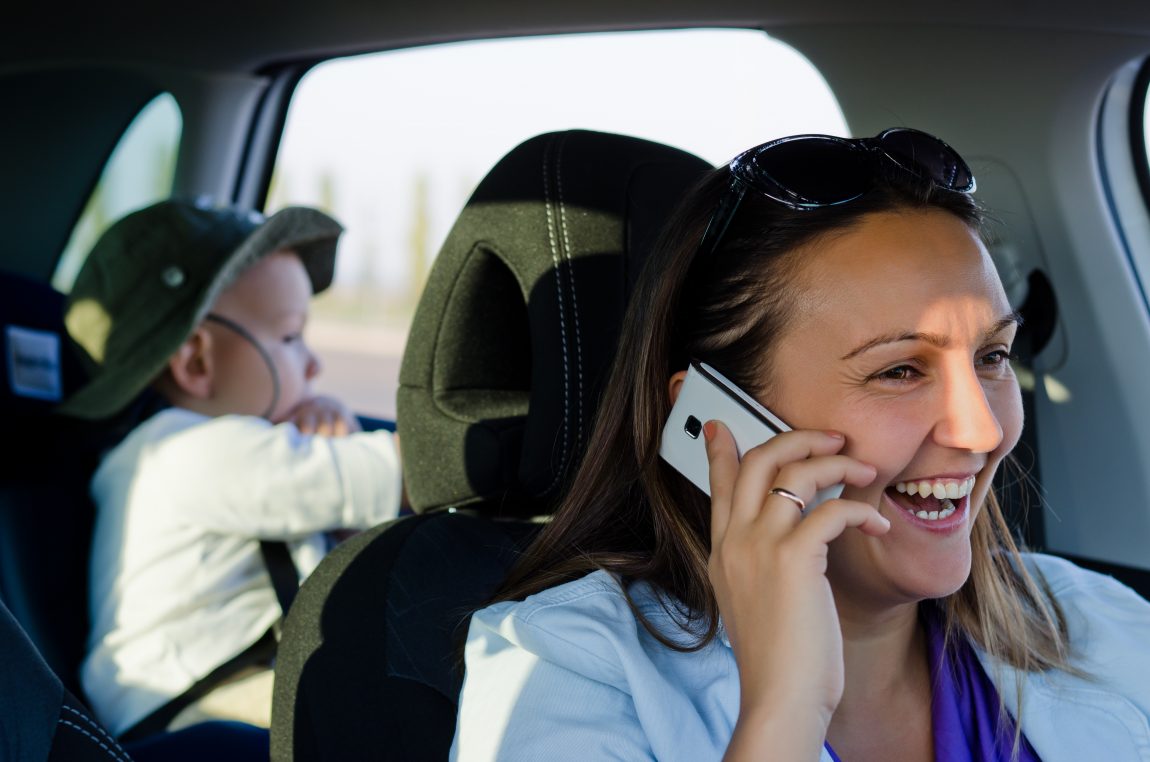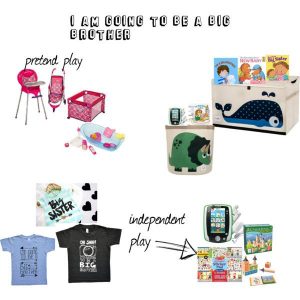
Not Just a Terrible Parent!
Over the past week, there has been a ton of controversy surrounding the events that took place at the Cincinnati Zoo. Was the Gorilla, Harambe showing aggressive behavior? Was he trying to protect the child? Was it necessary to shoot him? Could they have used a tranquilizer gun? Animal activists, veterinarians, and zoologists are all weighing in on the actions that were taken that day to protect the small toddler who found his way into a gorilla exhibit at the Cincinnati Zoo. However, there is one major consistency being discussed about this tragic event, and that is the neglectful actions of the parents of the young boy. The criticism targeted towards the mother of this child has been harsh and relentless. I don’t know enough about the events that occurred that day to determine whether the mother was reckless or not. Was she on her phone looking at Instagram not playing attention to where her child was, or did she simply bend down to tie her shoe? What I do know is that children are unpredictable and often fearless. This child could have never understood the magnitude of danger that he was in. As you read the comments of the many people weighing in on the incident, it is clear that, even as adults, we don’t fully grasp the unpredictability and dangers of wild animals. Although we lost a beautiful and critically endangered animal, the life of a child was saved.
Tragic accidents occur everyday. This accident has received a lot of press due to the loss of an endangered animal that was loved by his zoo family, but the reality is that drownings, burns, crush injuries, and motor vehicle accidents occur daily, and sometimes happen because a parent turned their head for a brief moment. Accidents can occur within minutes, sometimes even seconds. It is important not to judge someone for a mistake made but rather learn from it. Today I would like to use this tragic event to provide life saving tips which can help prevent dangerous accidents from occurring with your child.
Prepare your child ahead of time. Whenever you a heading to an event or family activity that has certain risks, talk with your children ahead of time about the risks and rules of the activity. Children process and understand more than we think. It is important to go over the safety rules ahead of time to help prevent possible accidents. For example, if you are spending the day at the waterpark, explain to your child the dangers that exist. “Mommy is so excited to spend the day at the waterpark with you, but pools can be very dangerous so you have to make sure that you never go near the water without mommy or daddy.” If you are going to an amusement park, discuss the risks of crowded areas. “Honey, there are going to be a lot of people at the park and it is easy to get lost. You need to stay close to daddy at all times so he can see you!” This will not only set the tone and prepare your child, but it is also a reminder to yourself of the dangers that exist.

Times of transition are danger zones. Transitions, such as getting in and out of the car, meal times, or changing clothes can become very dangerous due to other distractions. These are the times that children run off and accidents happen. When getting your children out of the car always get the oldest child out first. Make sure that you make eye contact and communicate that he or she must stay next to you or place his hand on the car. I love this parking pal that gives your child a safe place to stay, keeping a hand on the car when your hands are full, or while you are opening their door.
Prepare to be distracted. Most things can wait. It is never appropriate to respond to a text while watching your children at an amusement park, a water park, or while driving. If you have to respond to an email or make a telephone call, prepare your child ahead of time. “Mommy needs to call daddy, sit down right next to me and don’t move. After I am done, we can go get a snack.” Place small children in between your legs and give them a snack or engaging toy. Make sure you always have physical contact with your child during these times. “Mommy needs to tie her shoe, come over here and hold mommy’s leg until she is done.” It might seem excessive but it only takes a few seconds for your child to wander off.
Communication is nothing without eye contact. This is one of the most effective and important rules in the emergency room, and when disciplining your child or asking them to do something. When talking to someone, stop what you are doing, make eye contact, and confirm your message was received. We see so many accidents that happened when one parent thought the other parent was watching the children. “Honey, I am going to go get the children something to drink. Do you have them?” By phrasing it as a question, you are confirming the trading of responsibility. This important tip works well with both your partner and your children. Eye contact is imperative to effective communication.
Do I think this mother is a horrible parent? No. I think she planned an amazing day at the zoo with her child and she got distracted. Maybe only for a minute, but sometimes that is all it takes. Us parents have all been there. It is important to teach our children kindness, respect and understanding, but we must start with ourselves in order to teach our children.
See you Wednesday!


